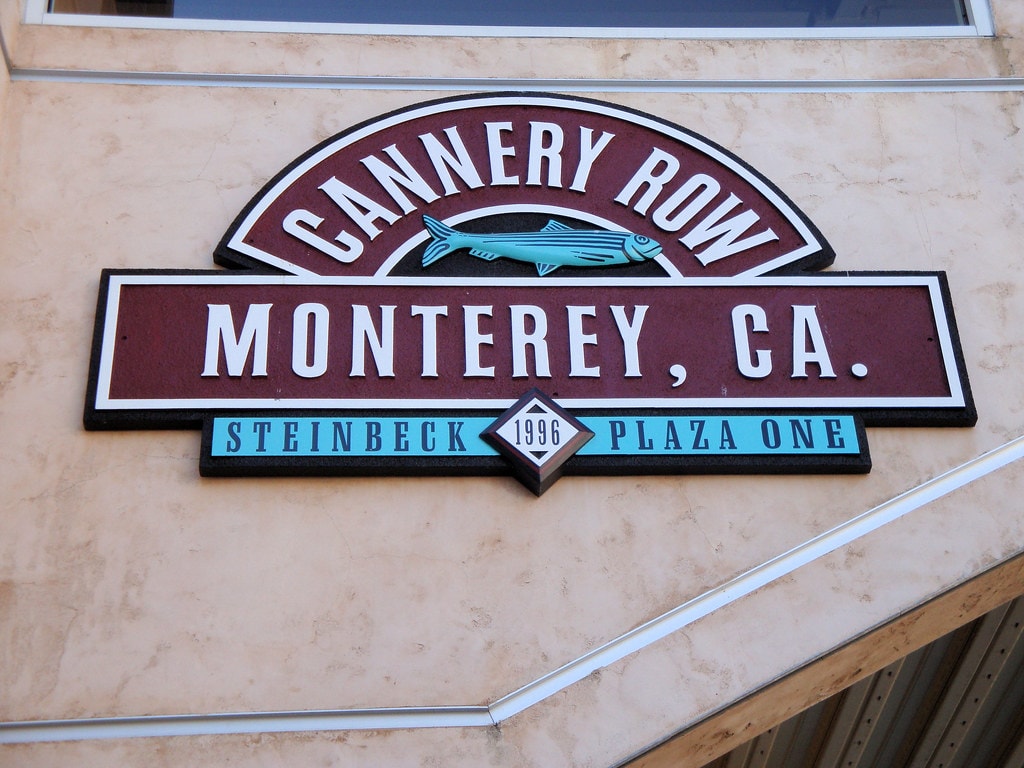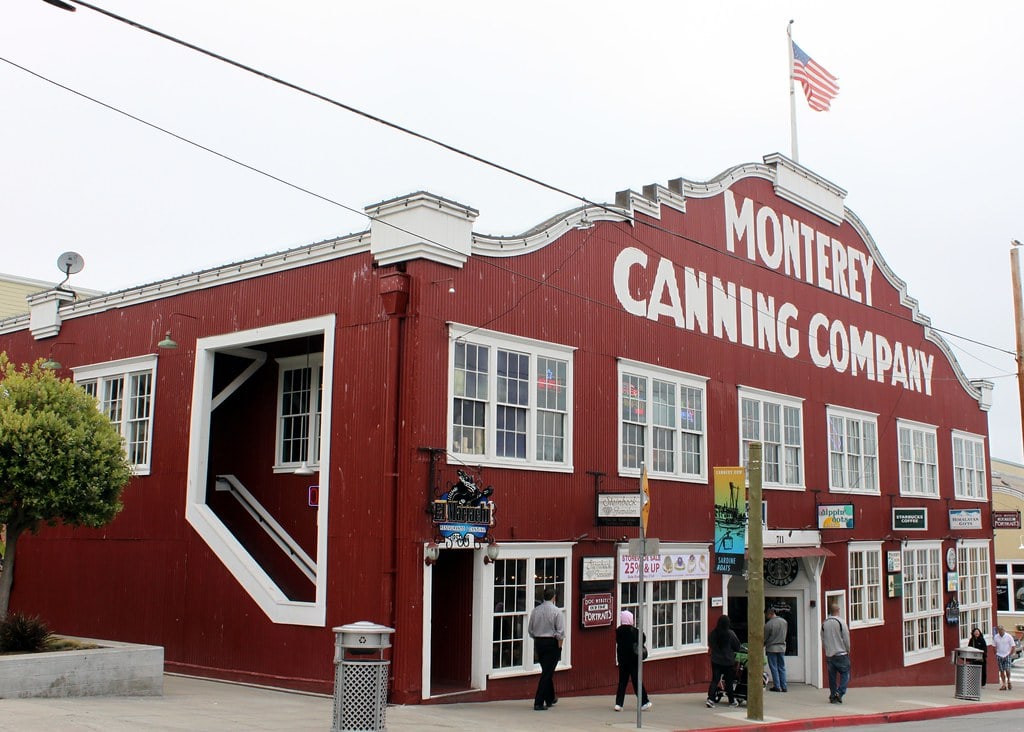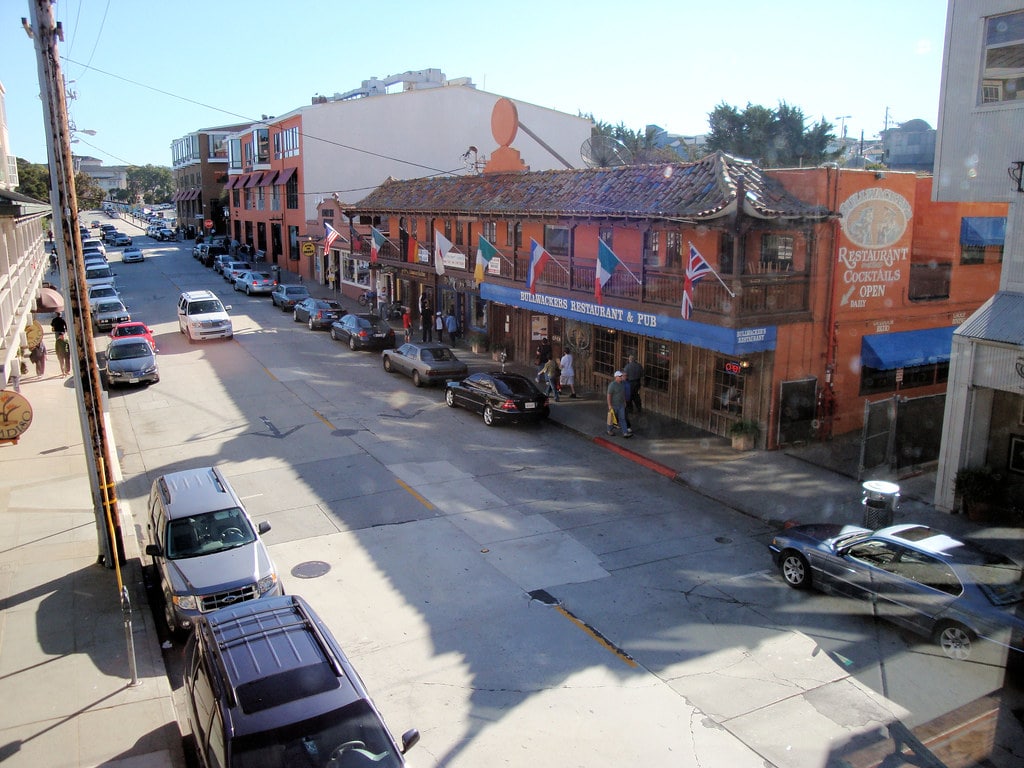The Historical Tapestry of Cannery Row
Cannery Row's story starts with a humble beginning, transforming from a mere sardine canning hub to a vibrant cultural landmark. The journey began in 1908, when the first cannery, the Pacific Fish Company, opened its doors.
This marked the start of a booming industry that would define Monterey, California, for decades. The area thrived, especially during World War I and II, as demand for canned sardines surged.
However, prosperity didn't last forever. By the 1950s, overfishing and ecological changes led to the collapse of the sardine population. The last cannery shut its doors in 1973, leaving empty buildings and a community searching for a new identity. It was a time of uncertainty but also opportunity.
The transformation of Cannery Row from an industrial wasteland to a cultural hotspot is a testament to human resilience and creativity.
Two visionary restaurant managers spearheaded the revival, promising to honor the diverse cultures that contributed to the area's success. They saw potential, whereas others saw ruin.
Today, Cannery Row is not just a street in Monterey; it's a symbol of change and adaptation. It's a place where history and modernity blend seamlessly, attracting visitors from all around the world.
For those exploring things to do in Monterey, CA, Cannery Row offers a unique glimpse into the past while providing the comforts and excitement of the present. The area is a vibrant testament to the power of community and innovation in adversity.
Literary and Cultural Impact
I feel the pulse of Cannery Row's past in its streets and buildings, echoing the tales spun by John Steinbeck.
His novels, "Cannery Row" from 1945 and "Sweet Thursday" from 1954, breathe life into the once bustling sardine canning industry.
Steinbeck's words vividly depict the community, hardship, and camaraderie that defined the area.
The Pacific Biological Laboratories, once operated by Ed Ricketts, is a monument to their friendship and shared curiosity about marine life and philosophy.
This lab, a hub for intellectual discussion, still captures the imagination of those who walk past 800 Cannery Row.
Steinbeck and Ricketts' influence extends beyond literature and science. It's woven into the area's fabric, inspiring songs like Matt Costa's "Sweet Thursday" and films that bring the Row's gritty, spirited past to life.
This cultural legacy, rooted in the early 20th century, continues to draw visitors, scholars, and artists who seek to taste the authentic Cannery Row experience.
From Cans to Conservation
Transitioning from its industrial past, Cannery Row has embraced conservation with open arms. The establishment of the Edward F. Ricketts State Marine Conservation Area marks a significant shift towards preserving the marine life that Ricketts once studied.
This area, part of the larger Monterey Bay National Marine Sanctuary, showcases a commitment to protecting the diverse ecosystems that thrive in these waters.
The Monterey Bay Aquarium, a beacon of marine conservation, stands on the site of the old Hovden Cannery, which closed its doors in 1973.
Since its opening in 1984, the aquarium has educated millions about marine life and conservation efforts.
It's a place where I imagine the past meeting the present, where the ghosts of canneries past swim alongside resplendent sea creatures in a dance of history and modernity.
The resurgence of wildlife, particularly the California sea lions, around Cannery Row speaks volumes about the success of these conservation efforts.
Once a place of exploitation, the Row now serves as a sanctuary for marine life, a testament to the area's ability to reinvent and heal itself.
This transformation from industrial hub to conservation haven mirrors a broader shift in societal values towards sustainability and environmental stewardship.
Cannery Row Today: A Tourist's Delight
Today, Cannery Row strikes me as a vibrant blend of past and present, where history meets leisure in a scenic coastal setting. The street buzzes with life, offering a mix of dining, shopping, and entertainment options.
I imagine walking down the Row, feeling the ocean breeze while exploring unique shops and boutiques that now occupy the refurbished cannery buildings.

Restaurants like the Fish Hopper or Bubba Gump Shrimp Co. serve fresh seafood with views of Monterey Bay, making dining here a memorable experience.
Outdoor activities abound, catering to adventurers and nature lovers. I can picture renting a kayak or joining a guided tour to explore the kelp forests and marine life up close.
For those who prefer land, the Monterey Bay Coastal Recreation Trail offers breathtaking views and a chance to spot local wildlife.
It's easy to see how Cannery Row has become a must-visit destination for those seeking natural beauty and urban convenience.
Architectural Heritage and Landmarks
The architectural landscape of Cannery Row tells a story of transformation and preservation. With their rustic charm, the remaining cannery buildings remind the area of its industrial past.
I'm drawn to the Hovden Cannery, now the site of the Monterey Bay Aquarium, as a symbol of this change.
It's fascinating how these structures have been repurposed to fit modern needs while retaining their historical essence.
Landmarks like the Pacific Biological Laboratories and the La Ida Cafe add layers to the Row's rich history.
These buildings, once central to the lives of the community's early inhabitants, now stand as monuments to the area's diverse heritage.
I imagine walking through these sites, feeling a connection to the stories and lives that once filled these spaces.
The blend of old and new, the preservation of historical buildings alongside contemporary developments, creates a unique urban tapestry.
It's a testament to Cannery Row's ability to honor its past while embracing the future, making it a fascinating area for tourists and anyone interested in the evolution of a historic American landscape.

The Community and Cultural Melting Pot
I imagine Cannery Row as a mosaic of cultures, each piece telling its own story. Once teeming with workers from diverse backgrounds, this area has retained its multicultural essence.
The influence of Italian, Chinese, and Portuguese communities is still palpable. I think about the festivals and events celebrating this heritage, bringing people together in a vibrant display of unity and diversity.
Local businesses, many family-owned, add to the Row's unique character. I picture walking past shops like Carousel Candies, founded in 1960, where traditional recipes and techniques continue to delight visitors.
The community's commitment to preserving its cultural roots while welcoming new influences is evident in the eclectic mix of cuisines, art, and music along the Row.
Annual events like the Monterey Jazz Festival further highlight the area's rich cultural tapestry. These gatherings celebrate the community's heritage and draw visitors from all over, fostering a sense of belonging and shared experience.
It's clear to me that Cannery Row's spirit is shaped by its people - past and present - and their stories continue to enrich the fabric of this historic waterfront.
Challenges and Future Prospects
As I reflect on Cannery Row's journey, I recognize the challenges it faces in balancing growth with preservation. The area's popularity as a tourist destination brings both opportunities and pressures.
I think about the delicate task of maintaining the Row's historic charm while accommodating modern needs and expectations.
Environmental concerns, particularly the health of Monterey Bay, weigh heavily on the community. Efforts to protect marine life and combat climate change are crucial.

I imagine local businesses and conservation groups working together to ensure a sustainable future for the area.
Looking ahead, I see Cannery Row continuing to evolve. The potential development of the last vacant waterfront property, the San Xavier Fish Reduction plant, represents a new chapter.
Yet, I believe the community's commitment to its heritage and environment will guide this growth responsibly.
In my view, Cannery Row's future lies in its ability to adapt while honoring its past. It's a place where history and innovation intersect, offering lessons in resilience and renewal.
As challenges arise, I trust the community will navigate them with the same spirit that has defined the Row for over a century.
